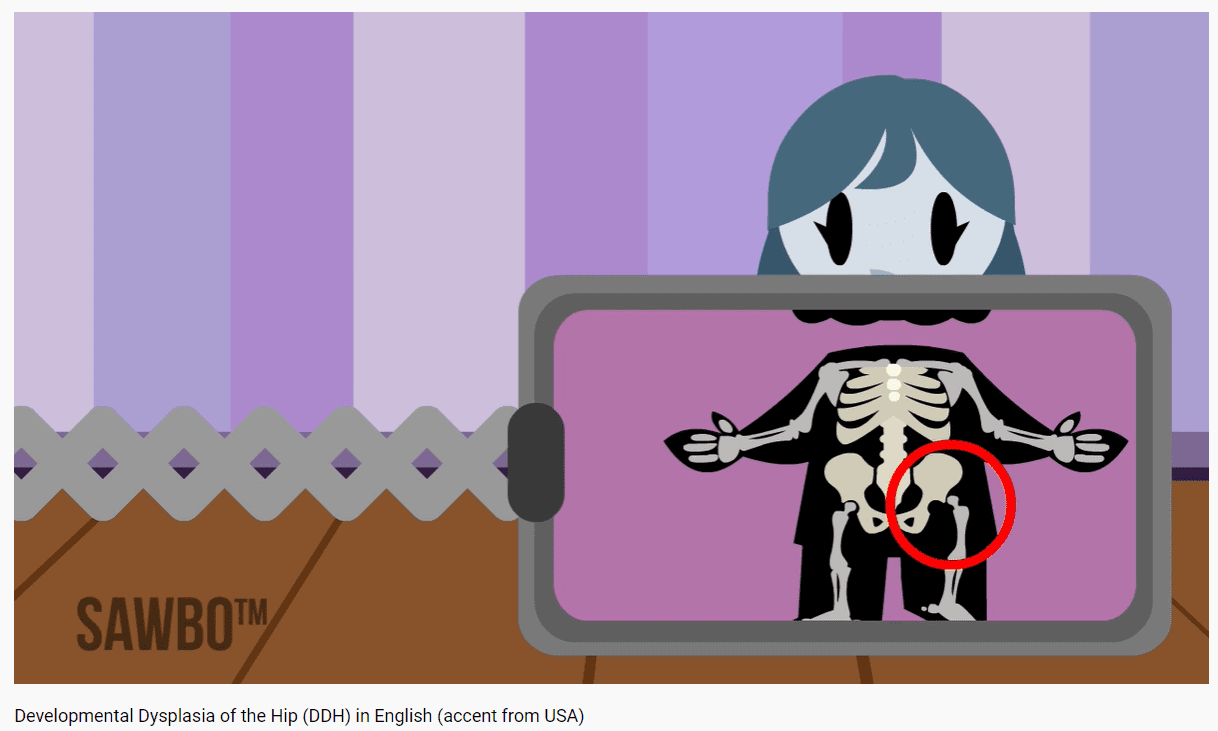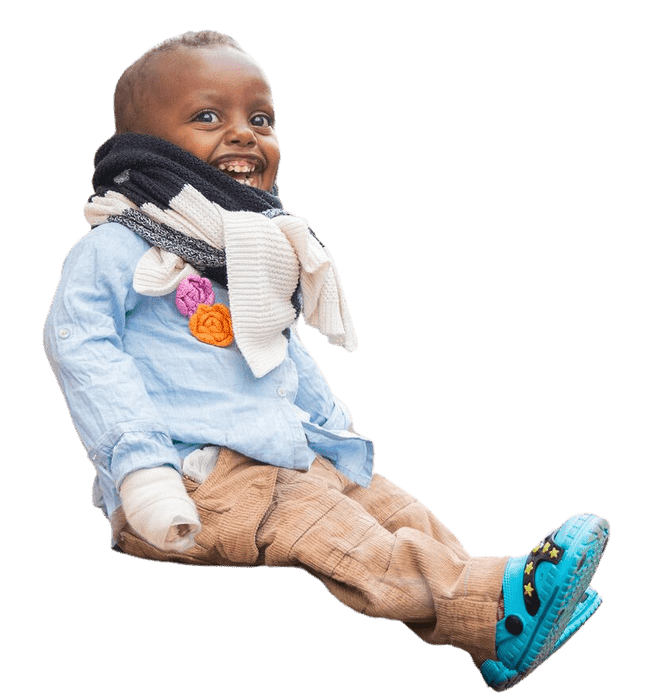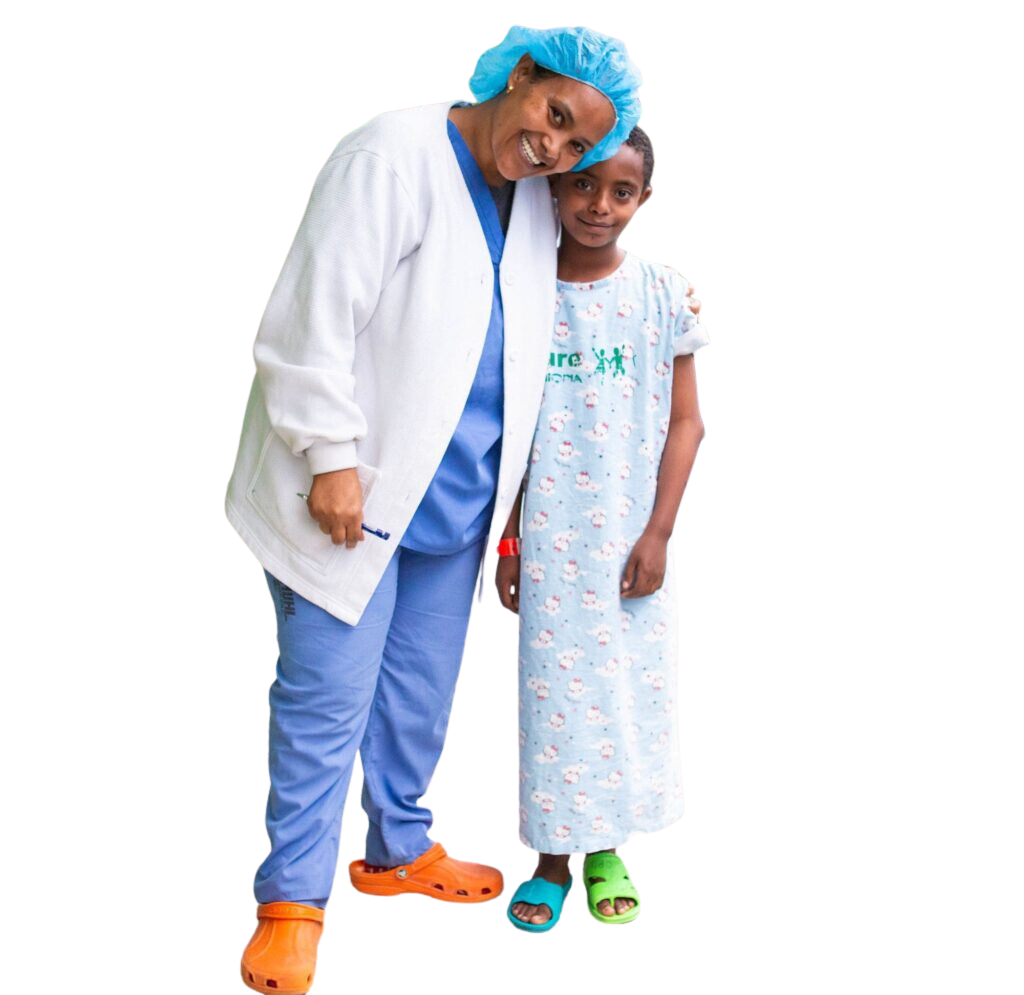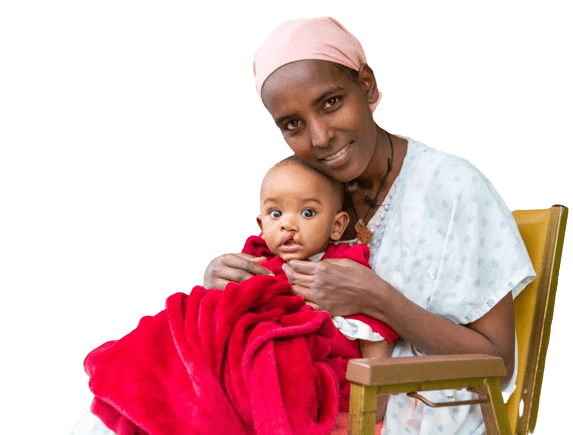There’s an old school hit song out there comically titled “Video Killed the Radio Star” (The Buggles, 1979), and it’s a reminiscent take on the changing ways people consumed information at the time. While it’s a tad tongue-in-cheek, it hits the nail on the head about how videos engage consumers at a higher level than just hearing something. Videos stimulate more of the senses and capture people’s attention.
Michigan State University, MSU, assistant professor Julia Bello-Bravo and MSU Foundation professor Barry Pittendrigh probably were not channeling this 1970’s pop song when Scientific Animations Without Borders (SAWBO) was started, but they identified with the same trend. They realized that animations are a useful tool to illustrate complicated concepts. On top of this, animations lend themselves to be more easily translated into a diverse number of languages making the information easily accessible to a greater number of people.
In 2014, SAWBO first partnered with CURE Ethiopia to create an educational video about the Ponseti casting method currently used by Hope Walks, formerly CURE Clubfoot. This sparked an idea for Dr. Rick Gardner, and in 2016, he reached out to SAWBO and MSU about creating another video about Developmental Dysplasia of the Hip (DDH).
DDH is a condition where a child’s hip is abnormally formed, and the leg bone can slip in and out of the hip socket. If DDH is identified within six months of birth, it can be treated non-surgically by having the baby wear a simple harness. If DDH is not treated within the first six months, treatment is exponentially more complicated and can involve two major surgeries and four months in a body cast. If DDH is not treated within a patient’s first six years of life, they may be too old for surgery. If left untreated, DDH results in the affected leg being two to three inches shorter. This causes the child to waddle as they walk and often results in back pain as they grow.
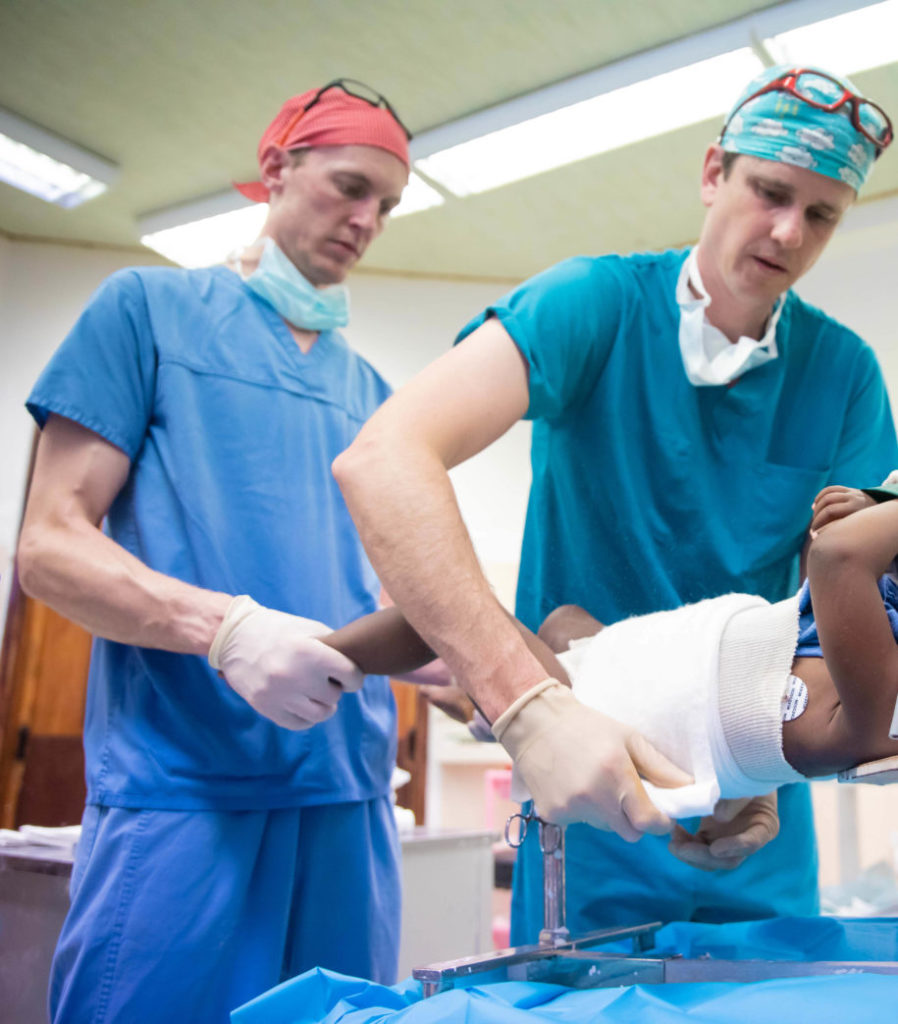
With such a short window for treatment (six months for easy, non-surgical correction, and six years for surgical correction), early identification is essential! The problem is that many children in Ethiopia never see a pediatrician, let alone a specialized orthopedic doctor. However, Dr. Rick and his team have identified midwives as the key.
Most babies in Ethiopia, and especially in the capital Addis Ababa, are born with the assistance of a midwife. While many babies will never see a doctor, very few will escape the watchful eyes of a midwife. Identifying this group as a possible solution for the early identification problem, CURE Ethiopia hosted a DDH identification training using the SAWBO animation video for 45 midwives. This training equipped these midwives to identify DDH and to teach other midwives the skill. In all, the SAWBO animation has been shown to over 180 Ethiopian midwives and has become a staple in the hip examination training of medical professionals in Ethiopia.
Watch the SAWBO Animation Video here
SAWBO worked with a diverse team spanning several institutions, such as CURE Ethiopia, MSU, and the University of Illinois at Urbana-Champaign, to create a video that is easily consumable, educationally useful, and factually accurate. As a result, the identification of DDH in Ethiopia is growing, and more children can be treated.
CURE Ethiopia is currently the driving force of DDH treatment in Ethiopia, but the goal is to enable the government sector to do the same. The idea is to research the systems and procedures that effectively treat DDH in Ethiopia and share these findings with the government hospitals. Our goal is to help the whole country of Ethiopia deal with this treatable condition, not just the children that are seen at our hospital.
A BIG thank you to MSU and the SAWBO team for working with us to educate others on treatable disabilities!
About the CURE Children’s Hospital of Ethiopia
Established in 2008, CURE Ethiopia performs over 2,500 life-changing reconstructive and orthopedic surgeries every year for children suffering from treatable disabilities. Strategically located in the capital city of Addis Ababa, the teaching hospital has 70 beds and four operating rooms. CURE International uses this facility to multiply its efforts by partnering with The College of Surgeons of East, Central, and Southern Africa (COSECSA) to serve as a regional learning institution by implementing an orthopedic pediatric training program at the residency and fellowship levels. In addition to world-class clinical service, CURE Ethiopia ministers to the emotional and spiritual needs of patients and their communities.
